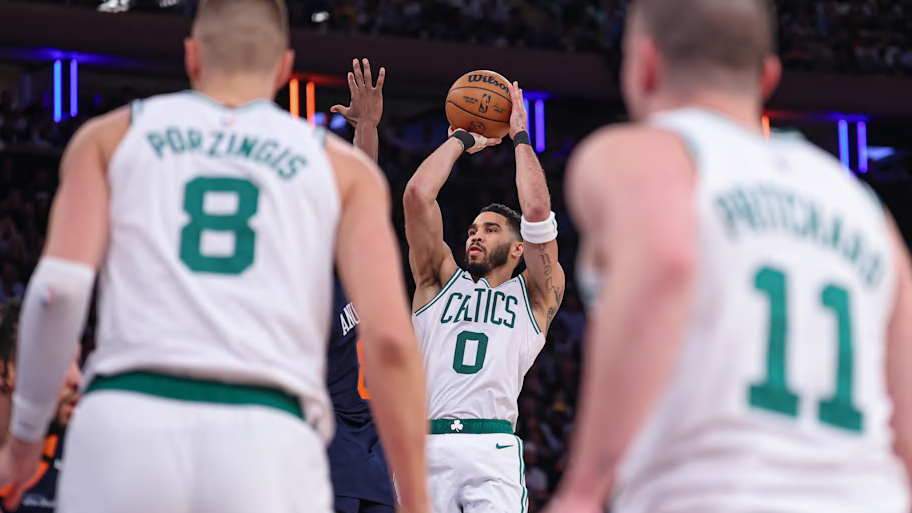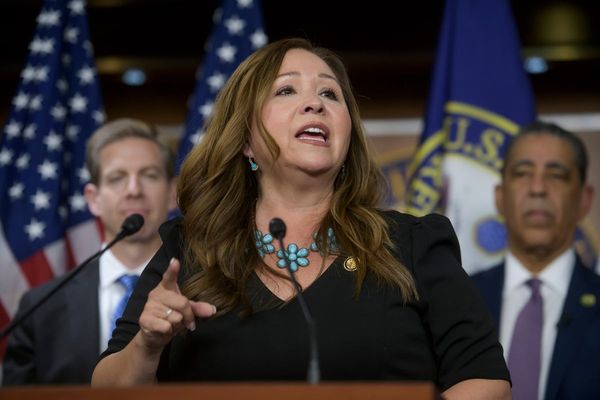
While the NBA is one of the largest and most-popular major sports leagues in the world today, it wasn't always so.
There was a time when the fledgling league was comprised of fewer than a dozen teams and was struggling to find itself in a post-World War II America.
Between 1946 and 2004 the league swelled to 30 franchises. And nowadays, there are plenty of rumors that the NBA is looking to add even more teams in the very near future.
With that in mind, let's take a look back at the history of NBA expansion through the years.
The Current State of the NBA: 30 Teams
Among the current NBA franchises, the Celtics, Warriors and Knicks are the oldest. Each franchise was part of the Basketball Association of America and the NBA recognizes their inception(s) as 1946.
Throughout the rest of the 1940s, the teams we now know as the Detroit Pistons, Los Angeles Lakers, Sacramento Kings, Atlanta Hawks and Philadelphia 76ers joined the The Association.
By 1950, the league had 17 teams. But just five years later membership was back down to eight. However, from the mid-1960s to 1980 the NBA saw incredible growth, jumping from nine teams in 1966 to 22 by 1980.
Over the next 24 years, eight more franchises would join, bringing us to today's NBA of 30 teams. Below, you can see each of today's teams and the year the NBA recognized them as a member of the league.
The Beginnings of the NBA: Fewer Teams, Smaller League
NBA expansion basically begins with the league's inception. In 1946, the Basketball Association of America was founded with 11 teams, most of which would be sold numerous times, relocate or fold entirely.
However, the Celtics, Knicks and then-Philadelphia Warriors were among the original members and became standouts once the BAA merged with the National Basketball League in 1949, forming the NBA.
This merger brought the larger markets of the BAA together with the smaller markets of the NBL. The league debuted with 17 teams but quickly shrank to eight by 1955.
Those eight teams were the Celtics, Knicks, Warriors, Lakers, Pistons, Nationals (now the 76ers), Hawks and Royals (now the Kings).
Obviously, a league shrinking is the opposite of its goal, but the NBA turned the negative into a positive by centralizing power among the successful ownership groups. This coupled with rule changes like the introduction of the 24-second shot clock began to make the league more appealing and more successful.
The Expansion Boom of the 1960s
The 1960s saw a blitz of expansion in the NBA as the league aimed to keep pace with the growing popularity of basketball in America and the rise of the American Basketball Association (ABA).
In 1961, the Chicago Packers (now the Washington Wizards) joined the league, marking the first time in nearly a decade the league expanded. The mid-to-late 1960s brought the addition of the Chicago Bulls (1966), Seattle Supersonics (1967), San Diego Rockets (1967), Milwaukee Bucks (1968) and Phoenix Suns (1968).
Between the addition of these new teams and the rise to prominence of Wilt Chamberlain and Bill Russell, the NBA was in a position to succeed.
The 1970s and the ABA Merger
The NBA in the 1970s was shaped largely by the competition (and eventual merger) with the ABA. To start the decade, the Cleveland Cavaliers, Portland Trail Blazers and Buffalo Braves (now the Los Angeles Clippers) joined the NBA. The New Orleans Jazz (now Utah) joined in 1974 as the popularity of the ABA was reaching an all-time high.
Formed in 1967, the ABA emphasized a more exciting style of play. Big dunks, three-point shots and fastbreaks. Led by Julius Erving, the league was incredibly popular in the early 1970s. However, there were merger talks between the two leagues as early as 1970, but it was shut down by the NBA Player's Association.
The NBAPA argued that the additional league made salaries larger and more competitive. Considering the only way to leave a team was via trade, players were looking to maximize their profits.
However, things changed by 1976 and the two leagues merged, with the NBA adopting four of the six teams: the San Antonio Spurs, Denver Nuggets, Indiana Pacers and New Jersey Nets.
This expanded the NBA to 22 teams.
The TV Boom of the 1980s and Canadian Expansion of the 1990s
The 1980s and '90s saw the addition of seven new teams. The '80s saw the rise of Magic Johnson in Los Angeles and Larry Bird in Boston, which resulted in what many consider to be the best rivalry in NBA history. Shortly thereafter, Michael Jordan would begin to turn heads with the Chicago Bulls.
This was why the league was more popular than ever in the 1980s.
As a result, the NBA capitalized on its popularity by structuring new TV deals and tap into new markets.
The Dallas Mavericks joined in 1980, the Miami Heat and Charlotte Hornets (now New Orleans Pelicans) joined in 1988 and the Minnesota Timberwolves and Orlando Magic joined in 1989.
In this era, expansion became a pretty lucrative business strategy. New ownerships groups would pay massive amounts of money in fees for league entry, which boosted NBA revenue.
In the 1990s, then-commissioner David Stern executed his goal of making the NBA an international league by adding two Canadian teams: the Toronto Raptors and Vancouver Grizzlies.
The Grizzlies would only remain in Canada for a few years before moving to Memphis, but the Raptors became a quick success.
With Jordan and Chicago dominating, the rise of hard-hitting defense and a young Shaquille O'Neal blossoming in Orlando, the 1990s are considered by many to be the NBA's best era.
The Final Addition of the 2000s
The Charlotte Bobcats were the latest expansion team in the NBA. However, the team's run was rocky at best and the team rebranded as the Charlotte Hornets in 2014.
It's worth noting that this franchise does not share a history with the original Charlotte Hornets. The team that joined the NBA in 1988 went on to become the New Orleans Pelicans.
More NBA on Sports Illustrated
This article was originally published on www.si.com as How Many NBA Teams Are There? A Brief History of Expansion and How We Got to 30.







